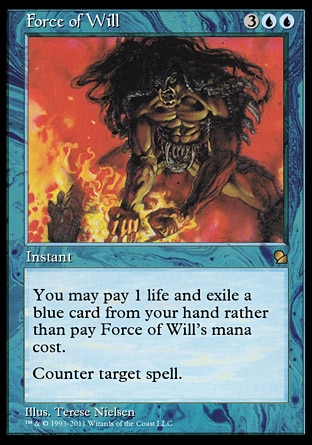I’ve featured Offworld Trading Company analysis on the site before, as its relatively simple rules and deep emergent depth make the game into an effective lens for highlighting cross-game strategy fundamentals. This post is the first of three covering topics I’ve pulled from philothanic’s coverage of a recent 4p FFA on Ceres. First and today, we’ll see an example of an early head start in development and tempo chaining (temporarily) into a maintained lead. Later in the week, we’ll look at how three players make the seemingly-identical choices to construct an Offworld Market yields unequal value due to differences in their positions. The third post in the series will let us look at distributed value being less impactful than concentrated value, as one player buys up a little bit of each other player’s stock instead of focusing on a target.
So, on to our first topic, the chaining of tempo/development advantages to maintain an early lead (at least for a while). We’ve seen this theme before in prior posts on Overwatch and Stellaris respectively.
Unfortunately this post may seem like we’re picking a bit on poor Adorfield, as he was for various reasons at different times a bit too slow to upgrade when he could have and was punished. Let’s take a moment to acknowledge that he’s up against some of the best players of the OTC community, players quick to close their windows of vulnerability and faster to even inadvertently take advantage of others’ missteps.
Near the start of the game it is critical to upgrade to HQ2 quickly to gain extra tile claims to turn into resource production and profits. Adorfield got too tricky for his own good, at HQ1 buying up an early food stockpile in the knowledge that its price would inevitably rise. We’ve actually had a previous post where the same player used a similar tactic that did not pan out. Not a bad idea in and of itself, but here he could have sold some of the food in exchange for a faster upgrade and more tiles to leverage for profits:
Later on, Adorfield and Portia at HQ2 are BOTH punished for failing to upgrade to HQ3 when they had a window to do so. DeathTacticus, already a full HQ level ahead of them, beats both to it and ticks up to HQ4. Since he buys some of his upgrade resources off the market, their prices rise, increasing the costs of Adorfield’s and Portia’s upgrades. By being first to (yet again) click up, DT is able to maintain his early advantage and put the onus on the others to overcome inflated prices on the resources the other players need to follow suit. Sometimes, the inflation of market prices can punish the early upgrader, if another player is producing excess of those resources and can then sell off the surplus for extra cash, but in the early stages this is uncommon, as all players are fighting to upgrade quickly rather than overproducing construction resources for profit:
Adorfield has a lot of money on hand, and uses it to buy up the first half of his stock and then upgrade. This is safe but not necessarily optimal. He could upgrade himself and invest in buildings, patents, and production optimizations which he could cancel out of in case he needed that cash to defend his stock from a majority buy. Or he could sit at HQ4 and try to find a window to use his cash stockpile to tactically strike another player with a buyout. Also of note, Adorfield had a chance to take the upgrade earlier but avoided taking it, presumably to not be a target as the only HQ5 player, given that he was going unnoticed so far. But the guaranteed concrete advantages of upgrading could have been well worth the non-guaranteed risk of being dogpiled as a threat:
